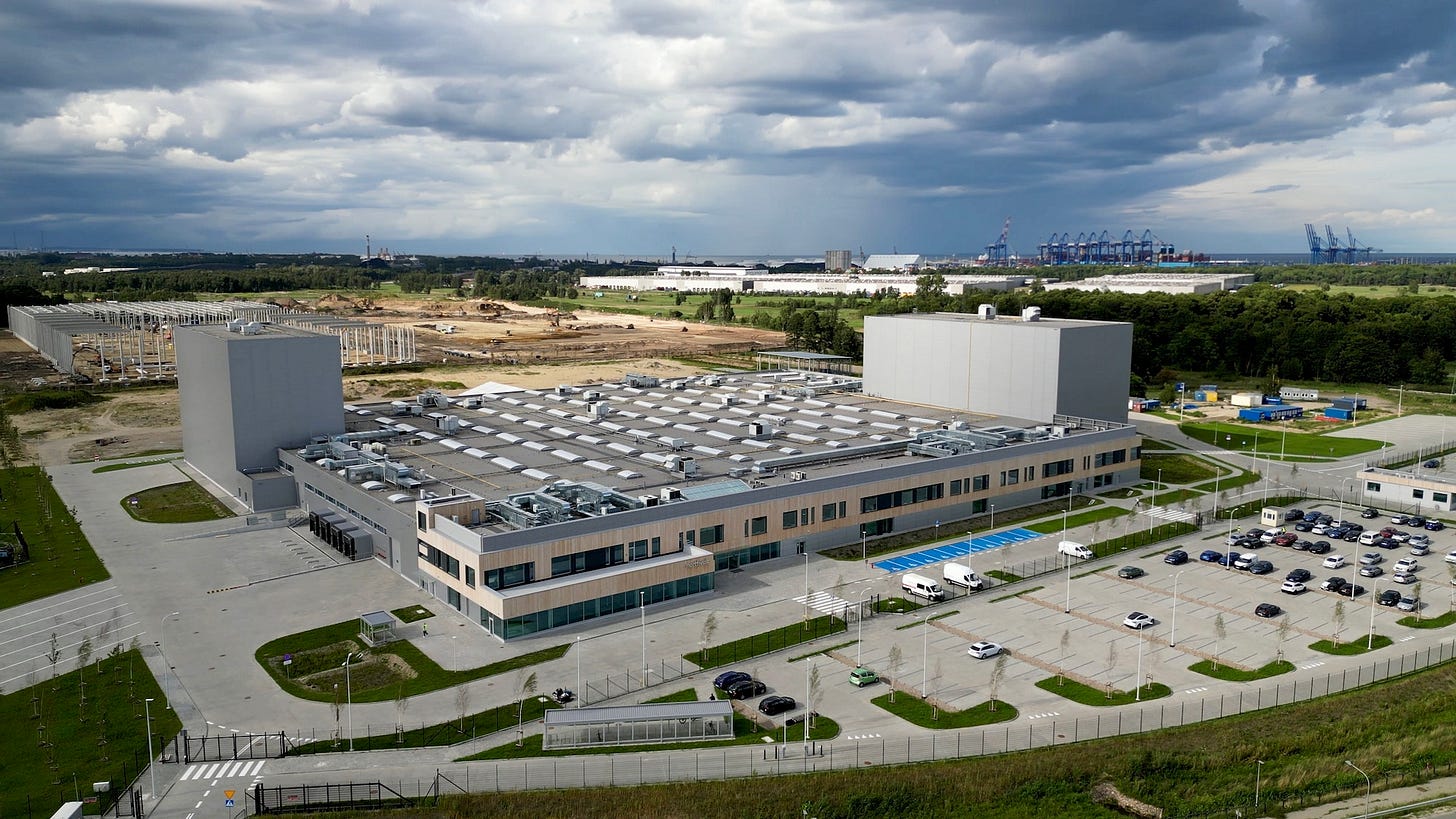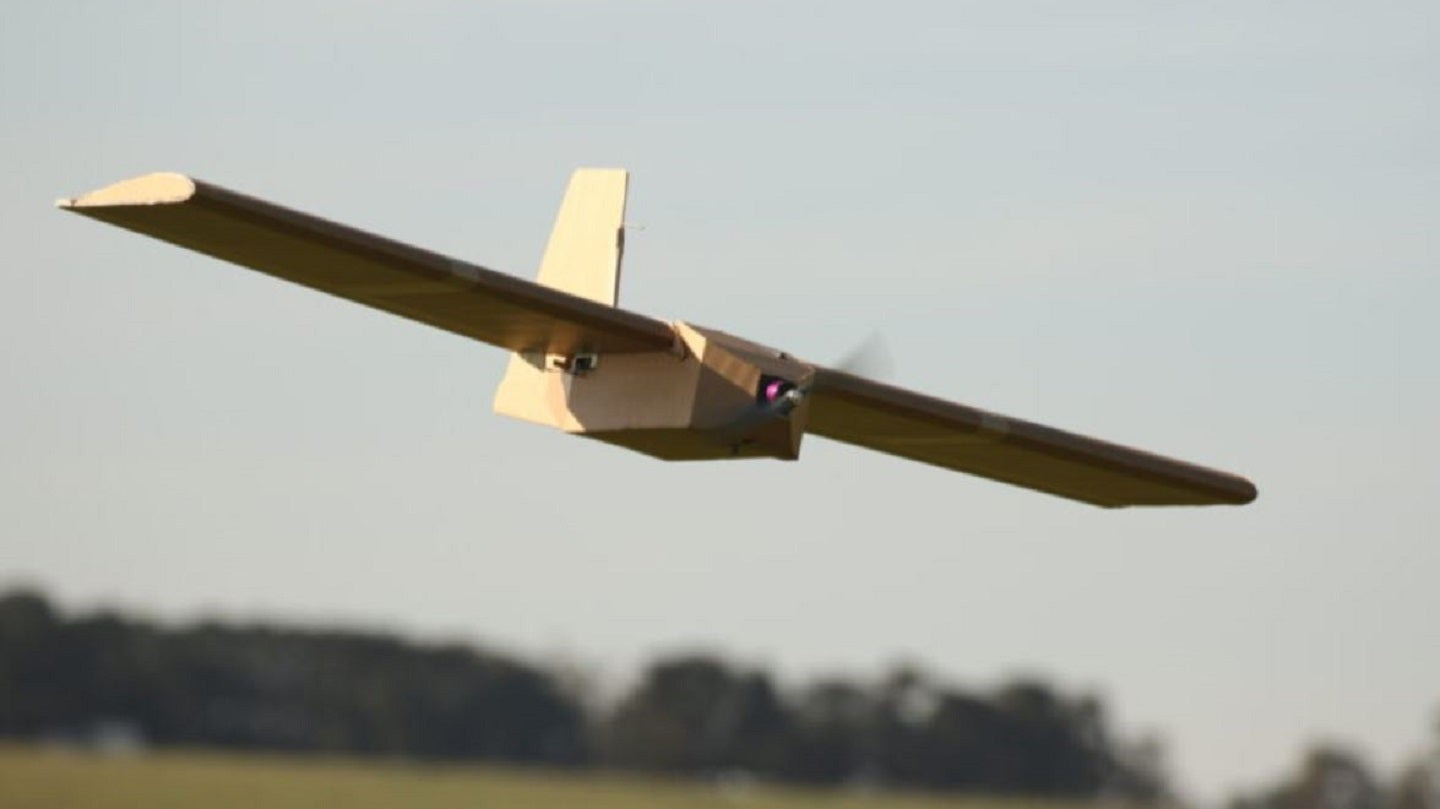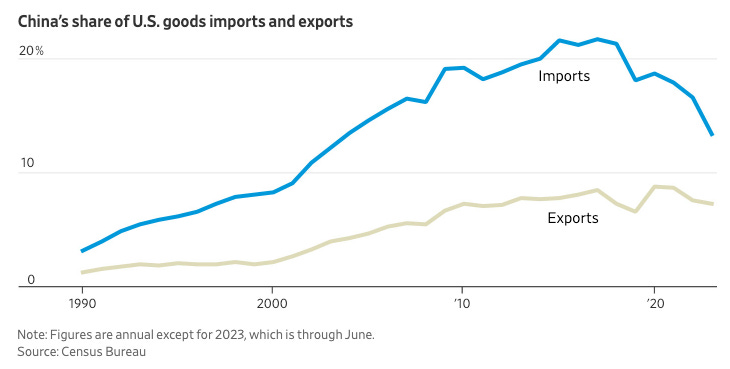🔥RTN: non-consensus investing in energy
+ Ukraine's use of open source tech, Tesla co-founder raises $1bn, battery storage for NYC
Consensus investing in energy
This week, Ember Climate published its H1 report on the ever increasing deployment of renewables in Europe and Bloomberg reported on record investment in renewable energy generation in H1.

The shift to renewable energy generation has found widespread support amongst citizens (behavioural), governments (subsidies) and private enterprises (investment, incentives).
The deployment of capital into renewable infrastructure might be both underinvested, given the size of the net zero transition and considered a ‘consensus’ investing opportunity. Widely accepted, obvious and ‘right’ i.e. your return is likely to trend towards the risk-free rate.
This investment and deployment of new energy infrastructure, is putting mind-blowingly large amounts of new electrons, bits and atoms into the ground. Much of this new infrastructure can be monitored remotely via software. This means it’s inherently connected.
A new network?
The history of connected networks, indicates outsized opportunities are to be had when new networks are created. Railways, telephones, the internet. At some point, new network effects kick-in, marginal costs decrease and there is an open opportunity to build applications on top of the network. There are some more obvious ones like IoT security, marketplaces (eg VPPs), offsets and demand response.
The bigger question is: If this thesis is correct, what might the less obvious applications built on top of a renewable energy network look like?
Top Stories
Russian CPU maker, Baikal, is going kaput - they worked with TSMC + ARM
The Tesla alumni building European startups, including Northvolt
Northvolt raises another $1.2bn convertible for North American expansion
Battery recycling company, Redwood Materials, raises $1bn growth round
Polestar will integrate Mobileye Chauffeur autonomous system into future vehicles
“You should be working on hardware” by Casey Handmer (CEO of Terraform)
The use of plant-based plastics is increasing among companies
🌍 Policy and Geopolitics
Ukrainian battlefield has been a testing ground for Open Source technology by War on the Rocks
“With the help of NATO allies and open source companies outside Ukraine, the armed forces have leveraged both public and private technologies to create a data-driven command-and-control system through four dimensions — collection, connection, analysis, and action”
Ukraine have been successful in holding back Russia’s significantly larger and better-resourced conventional army using an agile technology, data and software strategy
Ukraine leveraged an interconnected system of commercial and military technologies for data collection, integration, analysis, and targeting. This allows faster decision-making compared to Russia
Key technologies included commercial satellites, smartphones, drones, low earth orbit satellite internet, AI for processing data, and armed drones for strikes
Drones have been particularly important to Ukraine, with 6,000 commercial drones being deployed (this week they deployed disposable cardboard drones)
Decentralized networks provided resilience. Ukraine mobilized its tech-savvy population for data collection and analysis.
Open-source intelligence from apps and social media was a major source of targeting data. This demonstrates a new public-private integration in warfighting
Ukraine's model shows the power of preparing society with tech skills before war, not just building military capability
This has implications for how Western democracies approach future conflicts, with closer cooperation between technology firms with core competencies in software/AI and hardware and Defence forces
Like this from the US, who announced this week a roadmap to deploying new autonomous multi-domain systems alongside private enterprises
Startups are already moving to satisfy this new roadmap:
How the US and China are breaking up (economically) by WSJ (paywall)
🦾 Manufacturing and Robotics
Where China is getting its chip manufacturing equipment from:
⚡️Energy, Materials and Climate
How multi-day battery storage can save New York by Form Energy
Battery storage is key to solving intermittency issues of renewable energy
Form Energy’s iron-air battery technology can deliver 100 hours of multi-day (100 hours) discharge at system costs competitive with conventional power plants
Form Energy recently announced it will deploy a 10 MW/1000 MWh pilot battery storage project in New York by 2026. They just published an interesting research report that shows the economics of battery storage
The research evaluated how emerging long-duration (10-24 hour) and multi-day energy storage technologies could help New York meet its 2030 goal of 70% renewable energy and its 2040 goal of a zero-emissions electric grid. The modelling found:
New York needs 4.8 GW of multi-day energy storage by 2030 and up to 35 GW by 2040 to reliably integrate renewables and meet decarbonization targets
Including long-duration and multi-day storage reduces the cost of meeting climate goals by 6% ($0.4 billion/year) in 2030 and 29% ($8.7 billion/year) in 2040 compared to using only short-duration lithium-ion batteries. This is achieved by more efficiently shifting energy from periods of excess to periods of shortage.












